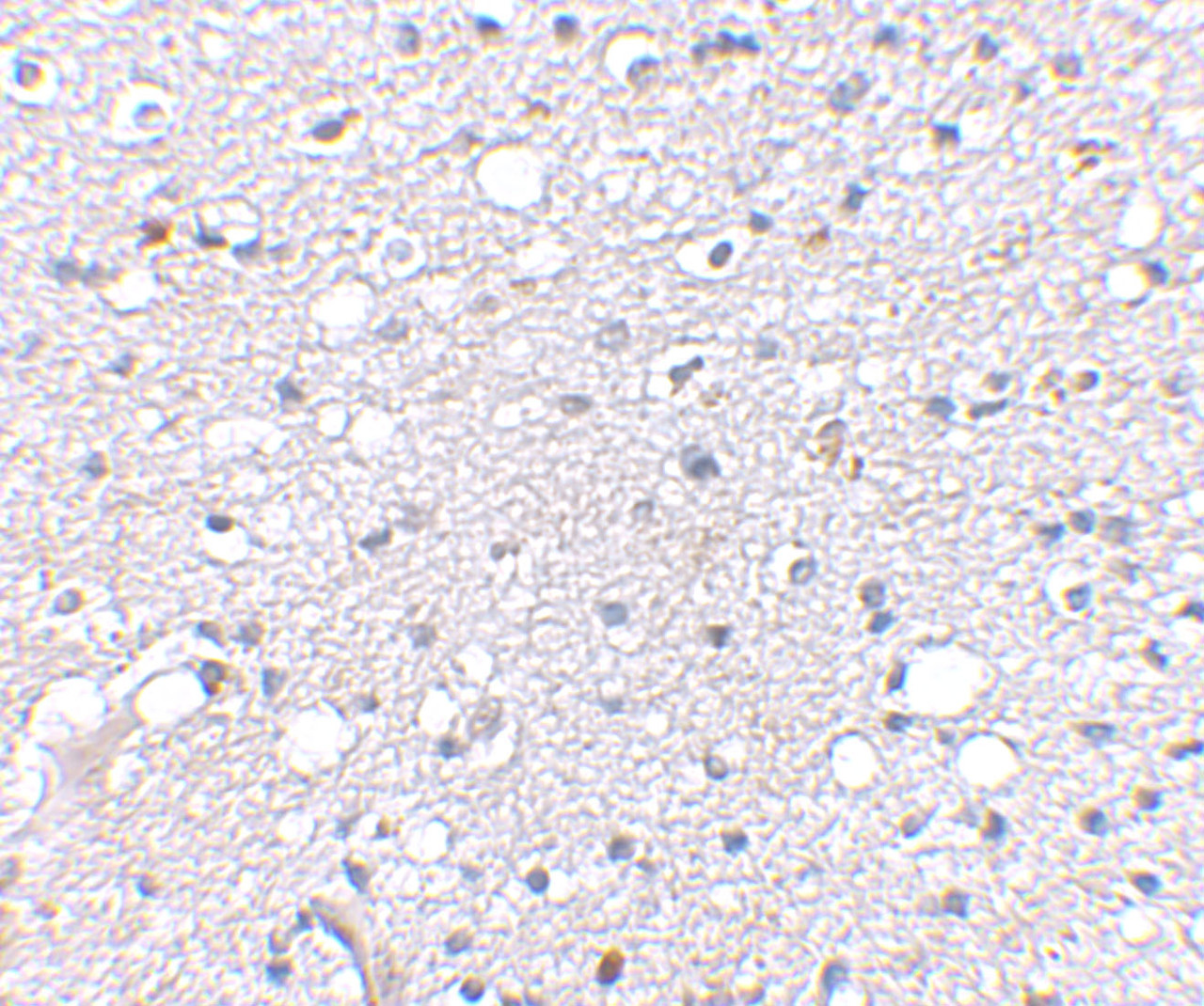Product Description
SIRT2 Antibody | 4487 | ProSci
Host: Rabbit
Reactivity: Human, Mouse, Rat
Homology: N/A
Immunogen: SIRT2 antibody was raised against a 17 amino acid synthetic peptide near the amino terminus of the human SIRT2.
The immunogen is located within the first 50 amino acids of SIRT2.
Research Area: Homeostasis
Tested Application: E, WB, IHC-P, IF
Application: SIRT2 antibody can be used for detection of SIRT2 by Western blot at 2.5 - 5 μg/mL. Antibody can also be used for immunohistochemistry starting at 2.5 μg/mL. For immunofluorescence start at 20 μg/mL.
Antibody validated: Western Blot in human samples; Immunohistochemistry in human samples and Immunofluorescence in human samples. All other applications and species not yet tested.
Specificiy: N/A
Positive Control 1: Cat. No. 1303 - Human Brain Tissue Lysate
Positive Control 2: Cat. No. 10-301 - Human Brain Tissue Slide
Positive Control 3: N/A
Positive Control 4: N/A
Positive Control 5: N/A
Positive Control 6: N/A
Molecular Weight: N/A
Validation: N/A
Isoform: N/A
Purification: SIRT2 Antibody is affinity chromatography purified via peptide column.
Clonality: Polyclonal
Clone: N/A
Isotype: IgG
Conjugate: Unconjugated
Physical State: Liquid
Buffer: SIRT2 Antibody is supplied in PBS containing 0.02% sodium azide.
Concentration: 1 mg/mL
Storage Condition: SIRT2 antibody can be stored at 4˚C for three months and -20˚C, stable for up to one year. As with all antibodies care should be taken to avoid repeated freeze thaw cycles. Antibodies should not be exposed to prolonged high temperatures.
Alternate Name: SIRT2 Antibody: SIR2, SIR2L, SIR2L2, NAD-dependent protein deacetylase sirtuin-2, Regulatory protein SIR2 homolog 2
User Note: Optimal dilutions for each application to be determined by the researcher.
BACKGROUND: SIRT2 Antibody: Autophagy, the process of bulk degradation of cellular proteins through an autophagosomic-lysosomal pathway is important for normal growth control and may be defective in tumor cells. It is involved in the preservation of cellular nutrients under starvation conditions as well as the normal turnover of cytosolic components. This process is negatively regulated by TOR (Target of rapamycin) through phosphorylation of autophagy protein APG1. ATG16, another member of the autophagy protein family, forms a complex with the ATG5-ATG12 conjugate. This multimeric protein has been shown to be essential for autophagosome formation in both yeast and mammals and targets the ATG5-ATG12 complex to the autophagic isolation membrane during the formation of the autophagosome. Because mammalian ATG16 has seven WD-repeats in its C-terminal domain, it has been suggested that these may form a platform for further protein-protein interactions. Multiple isoforms of ATG16 are known to exist.
 Euro
Euro
 USD
USD
 British Pound
British Pound
 NULL
NULL












